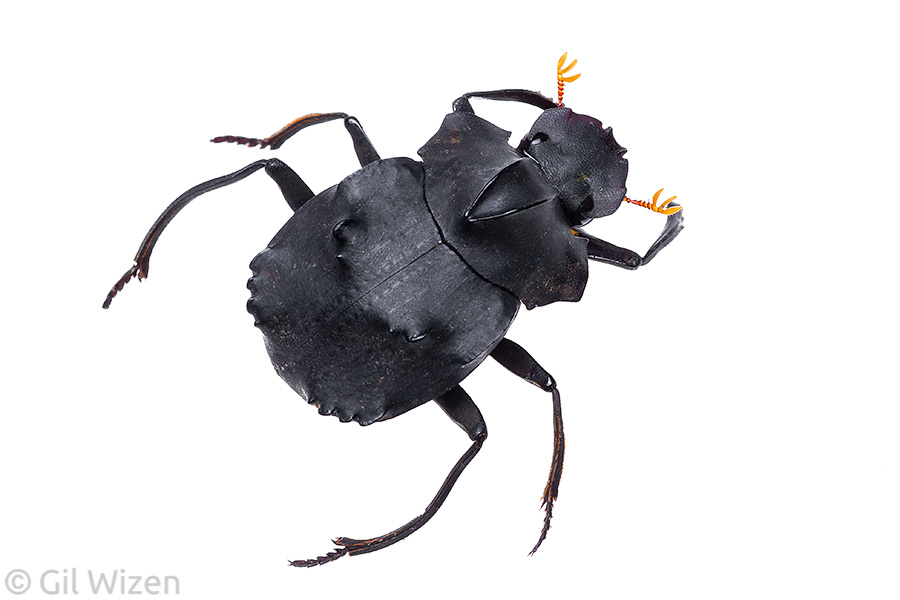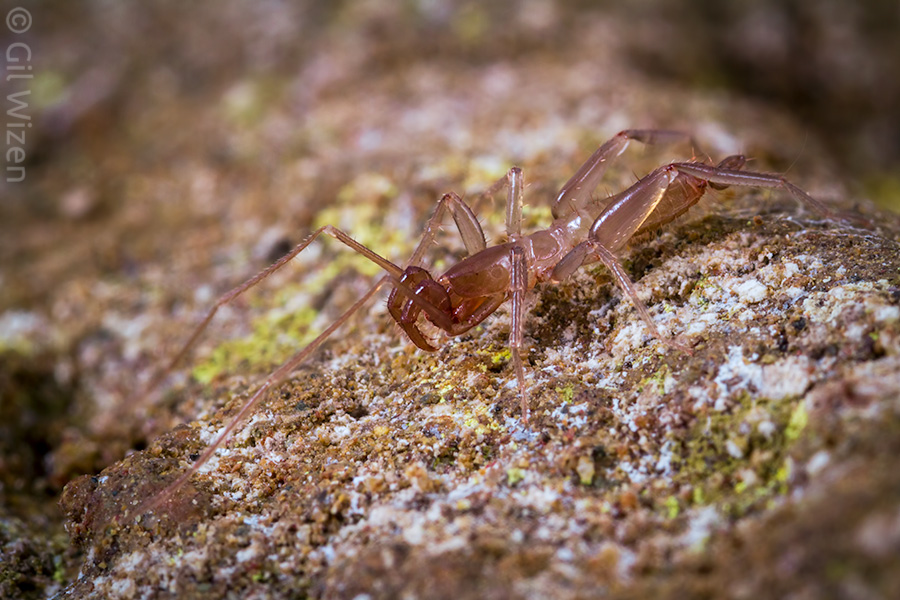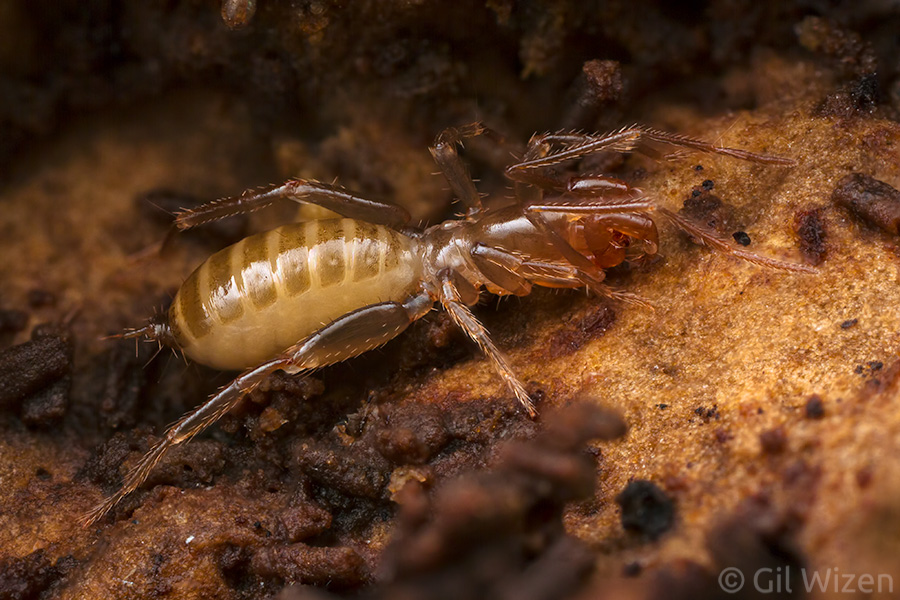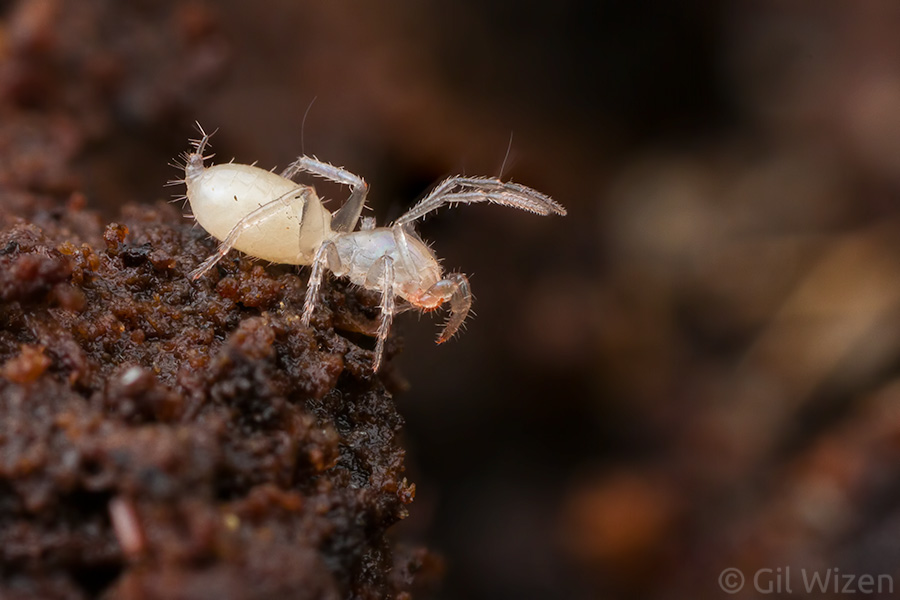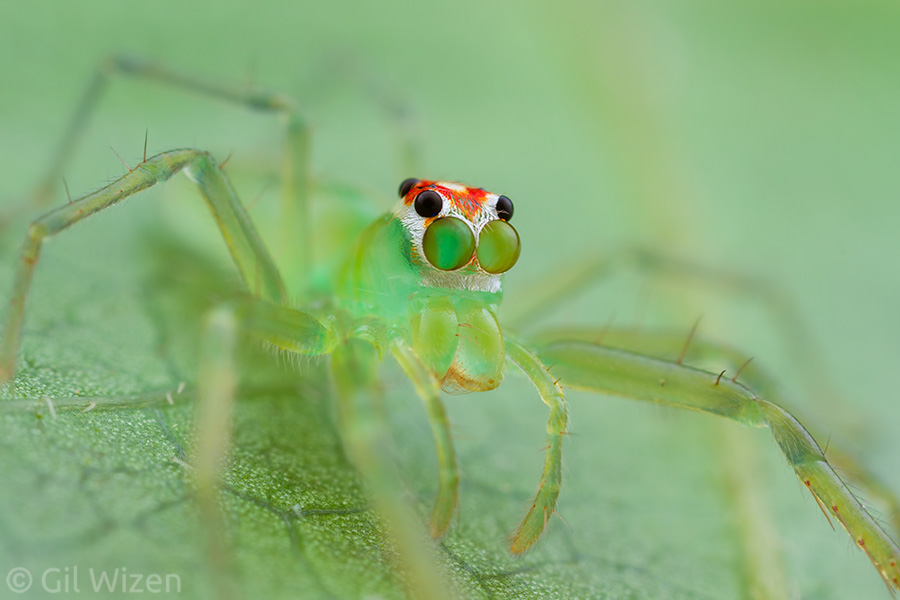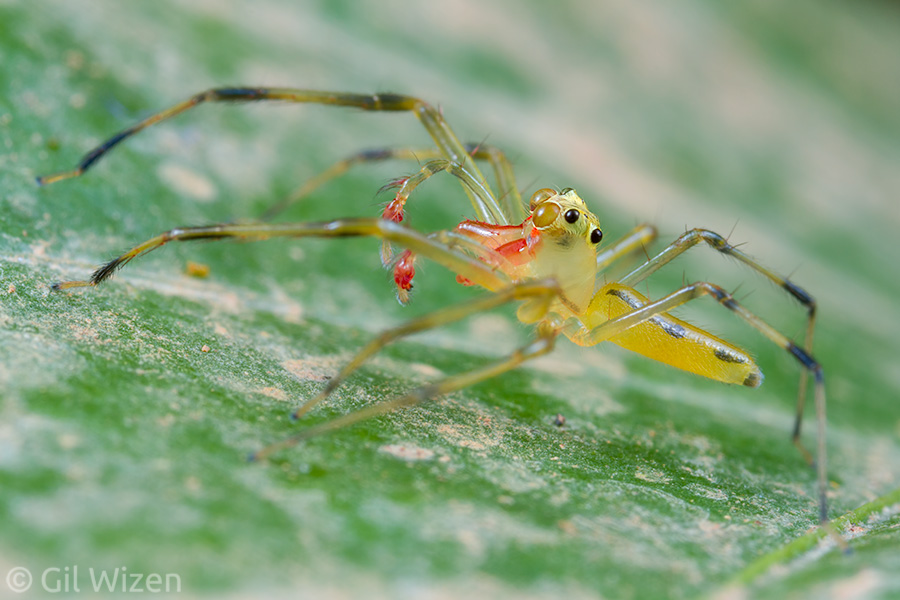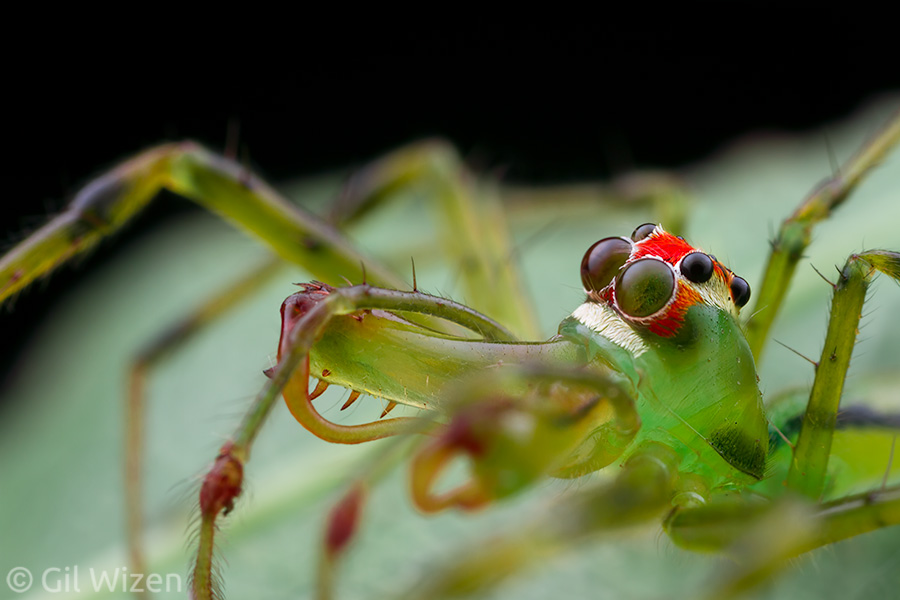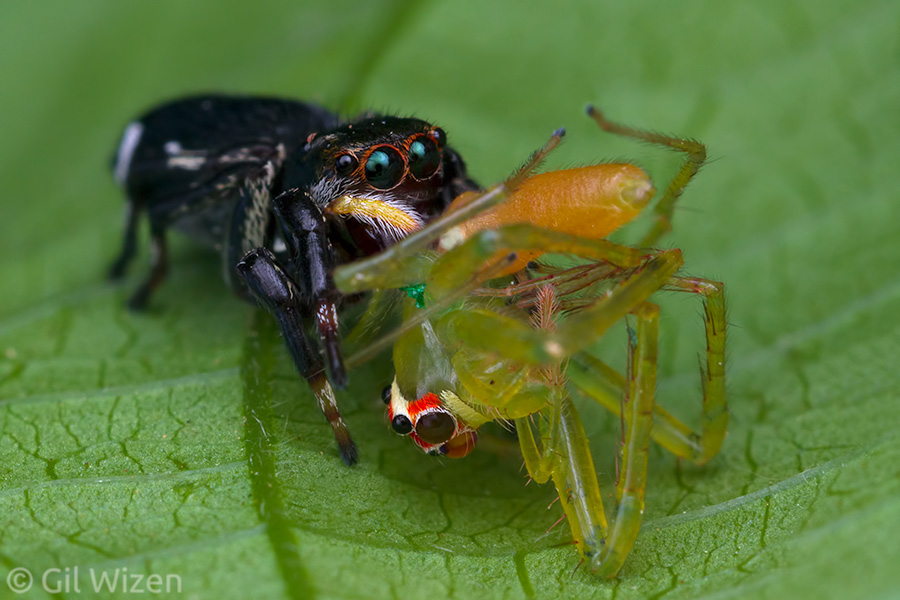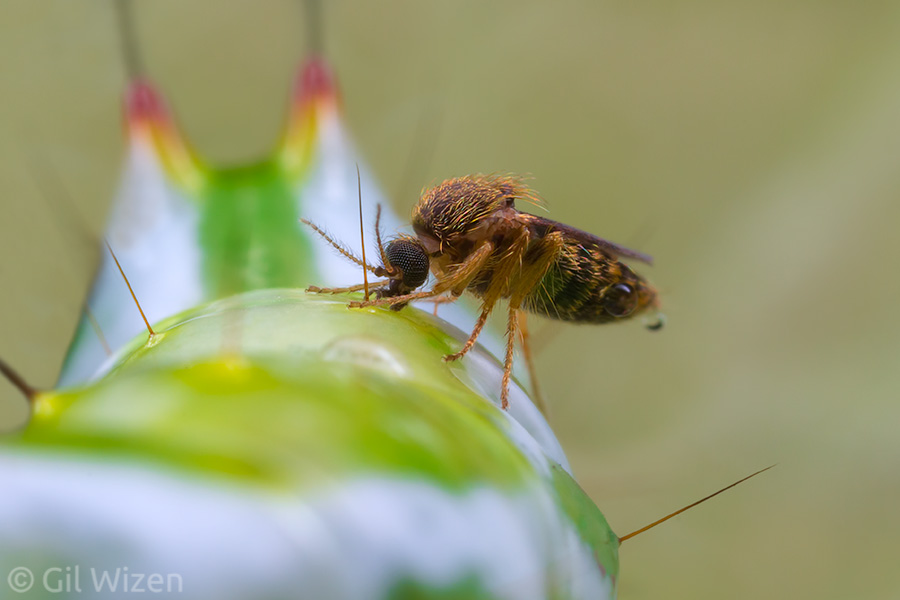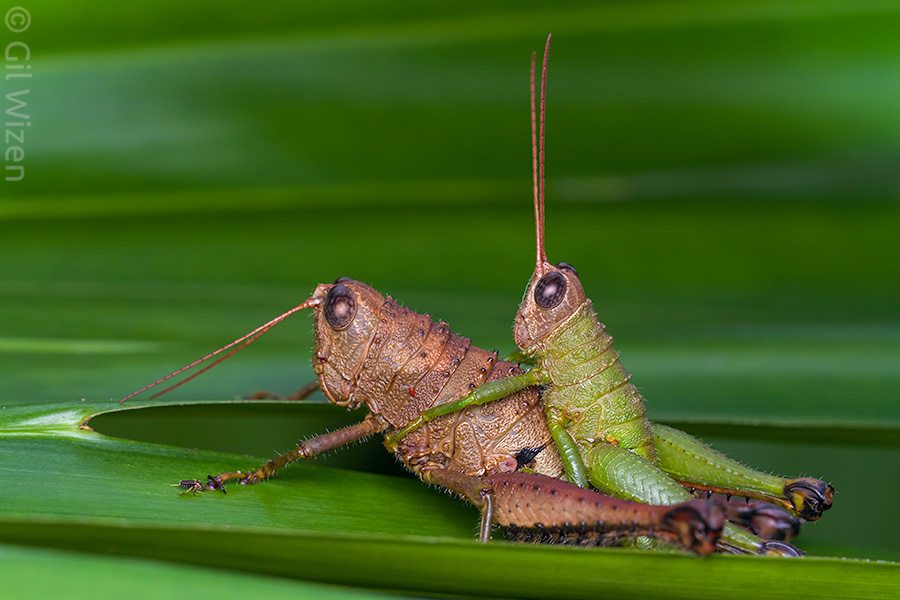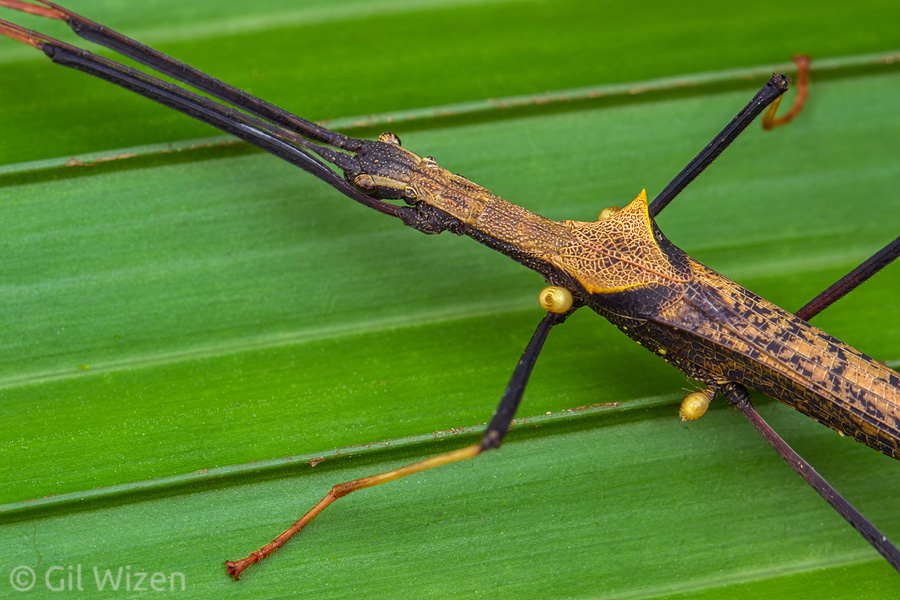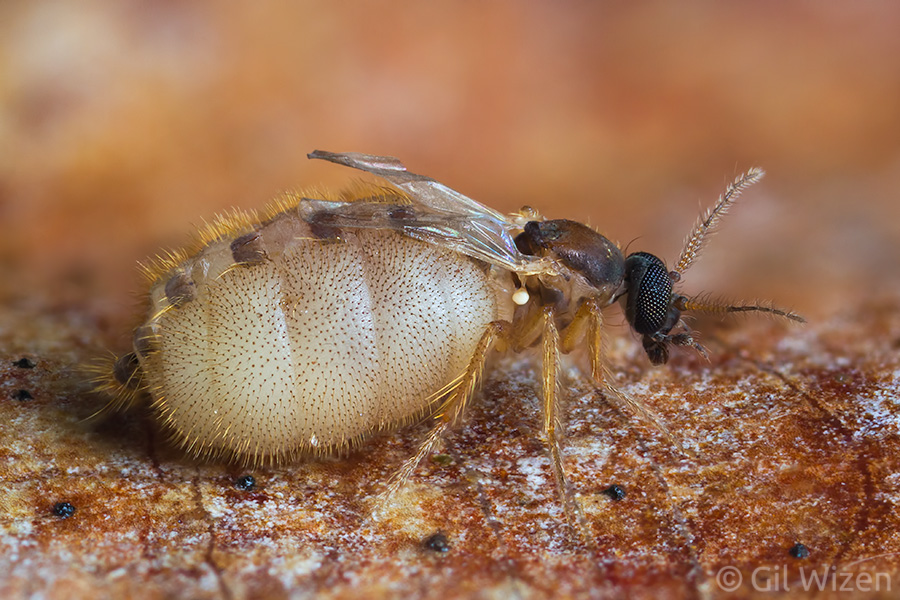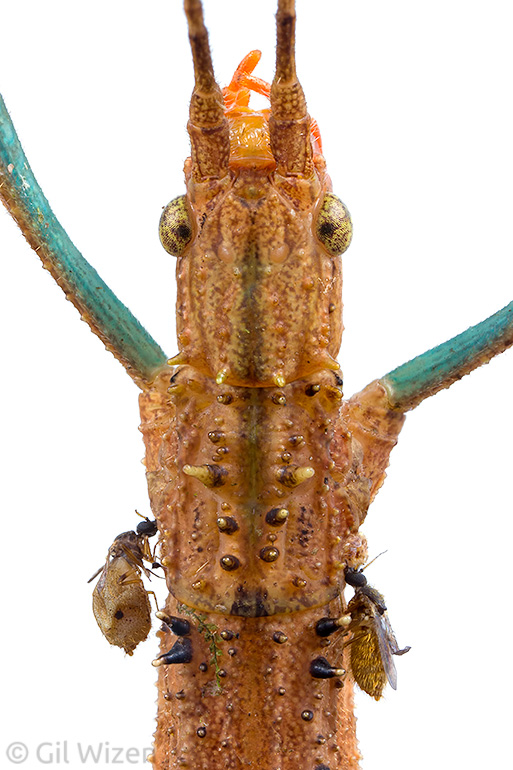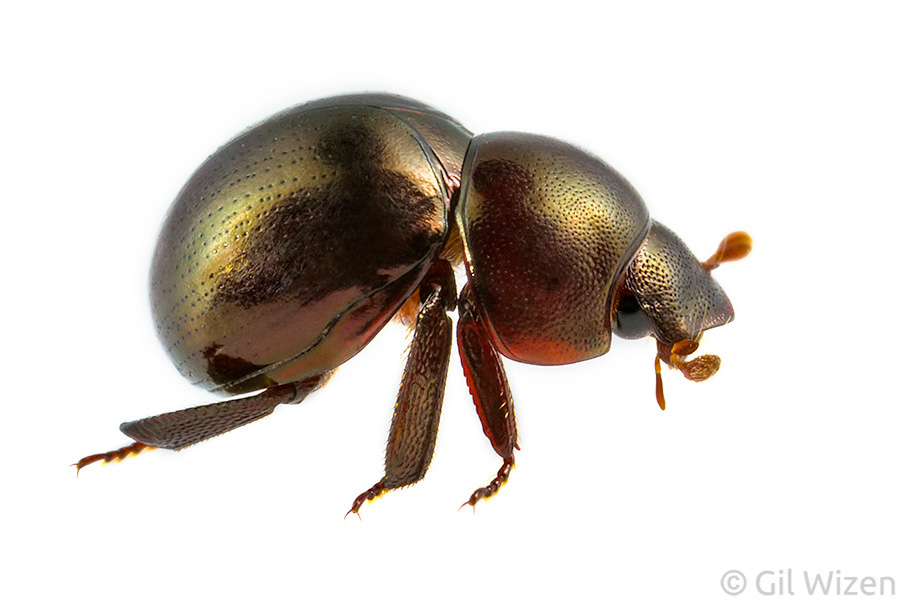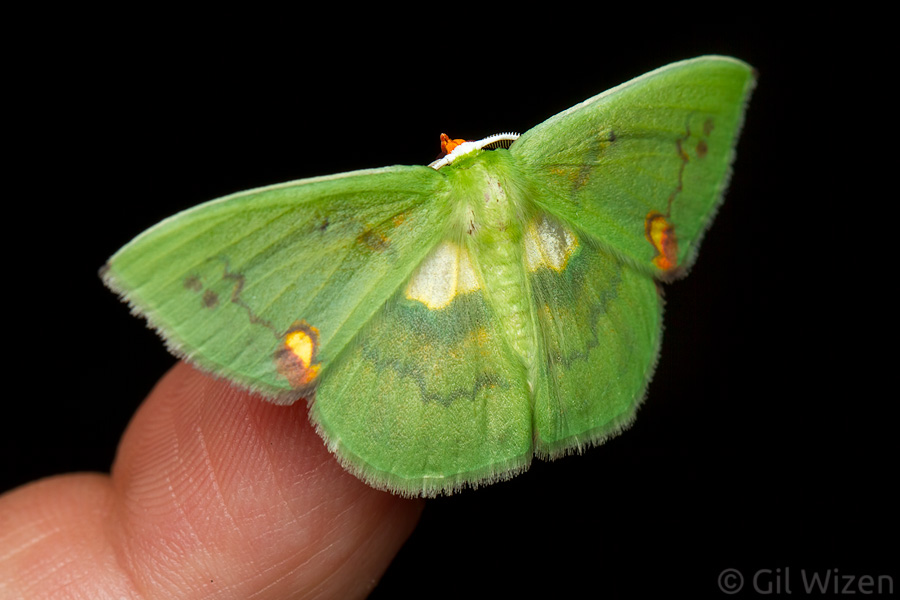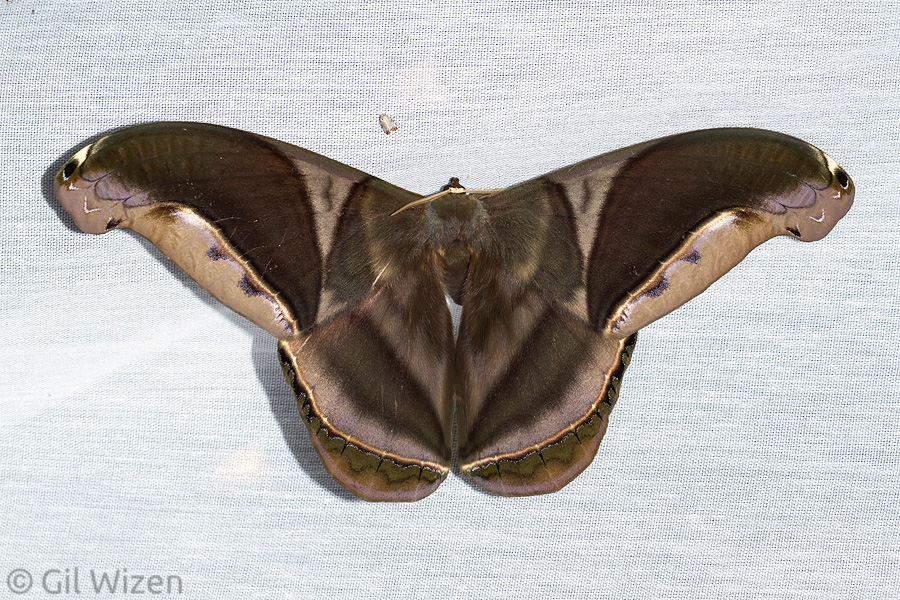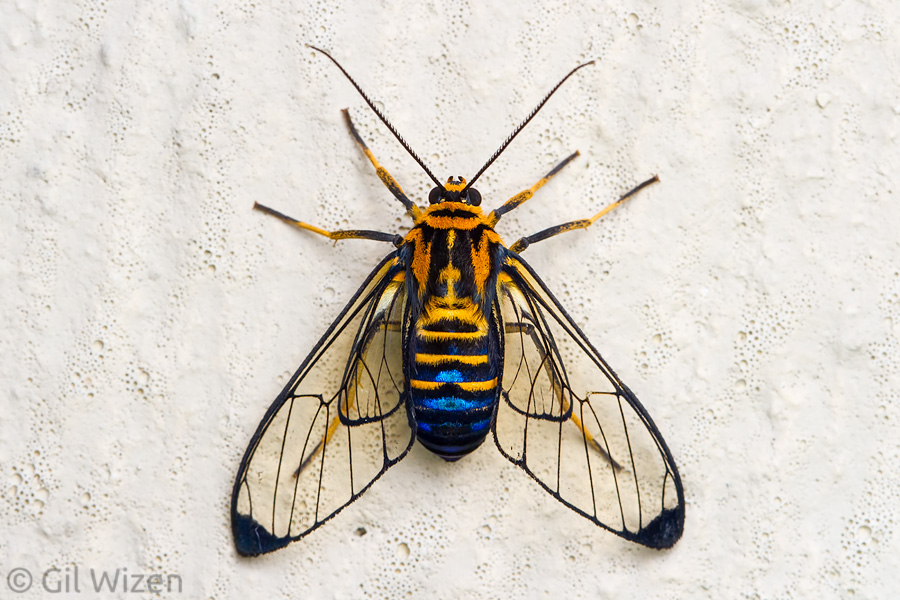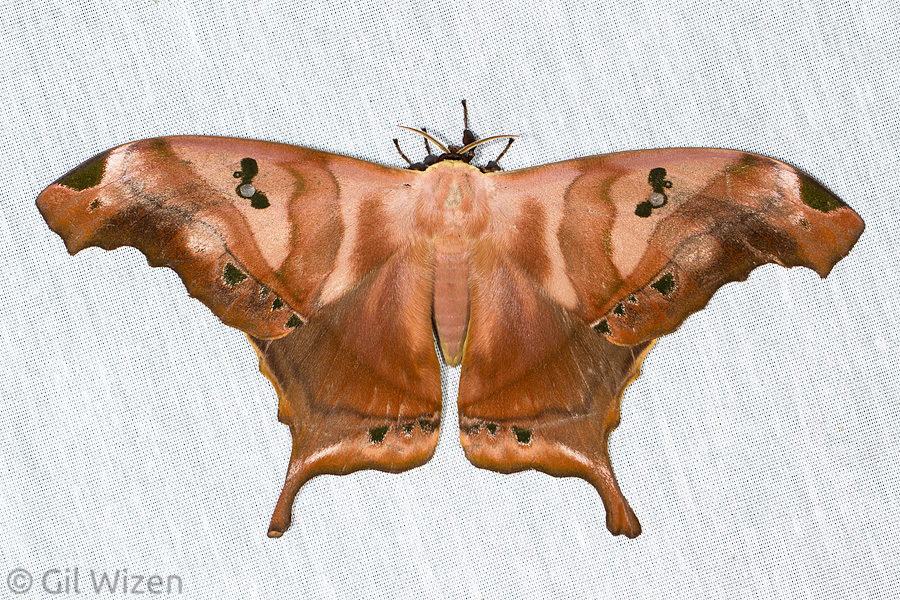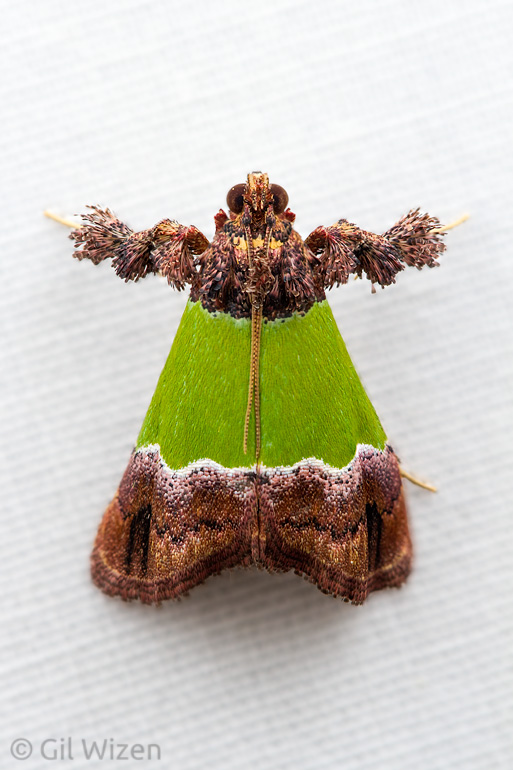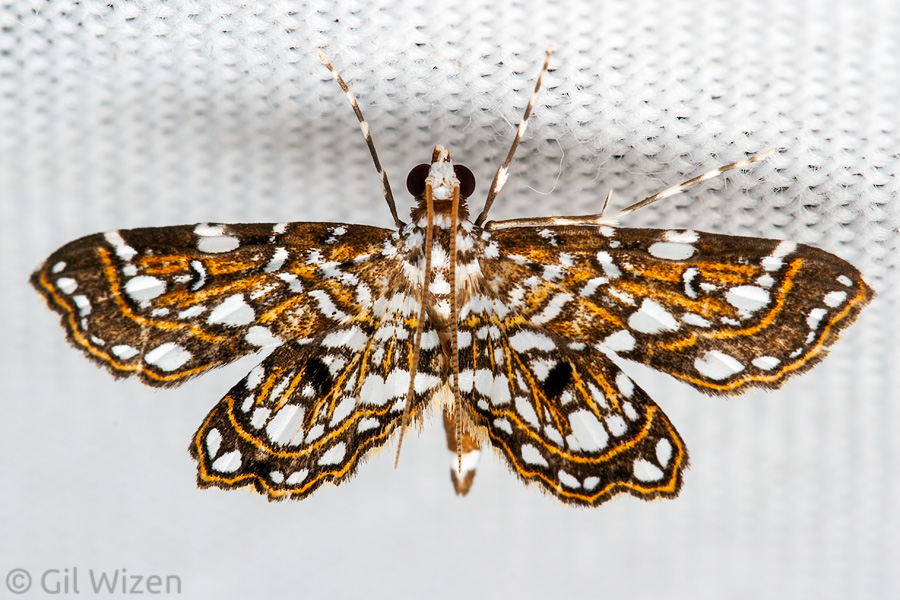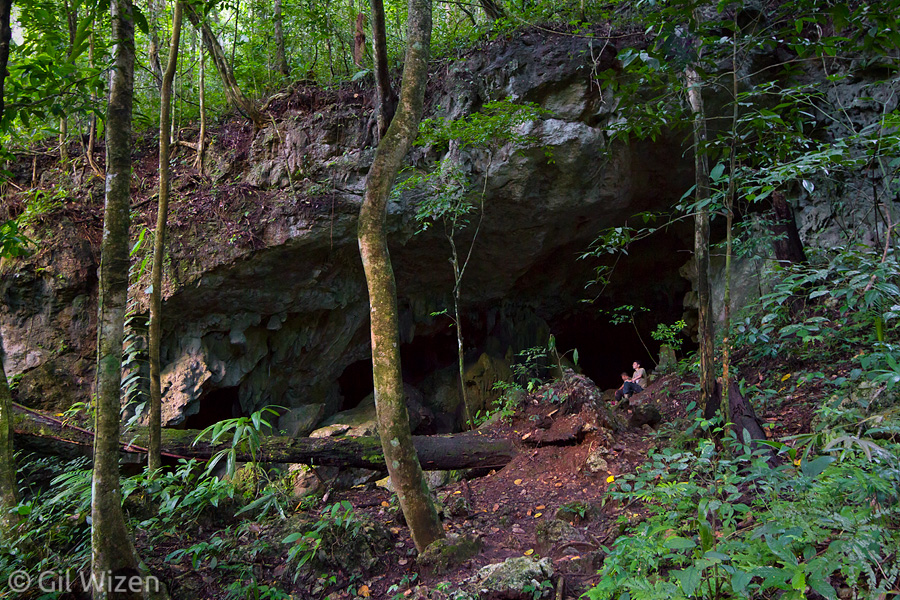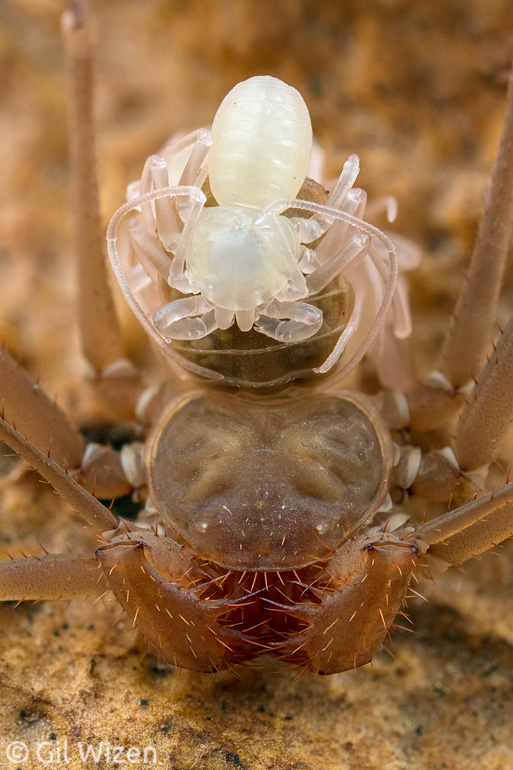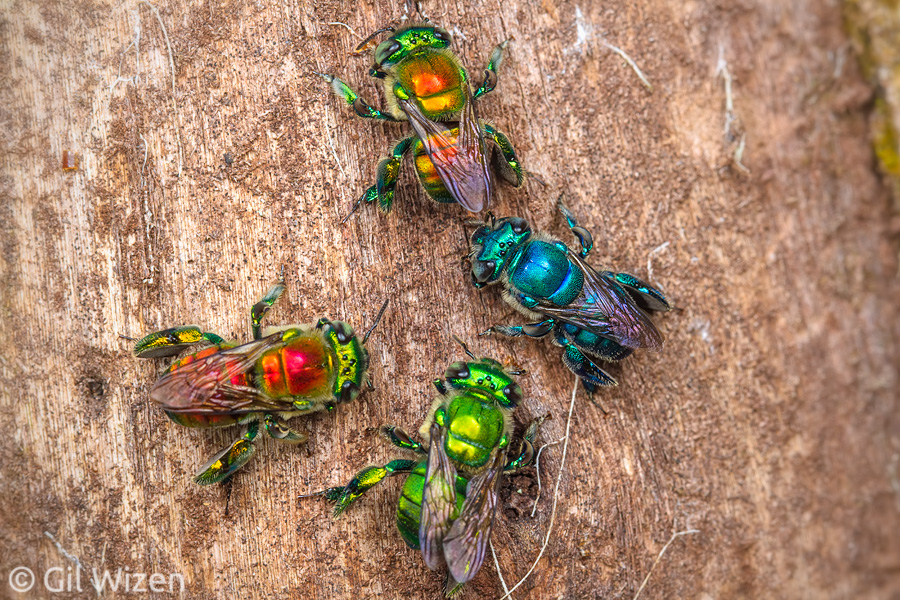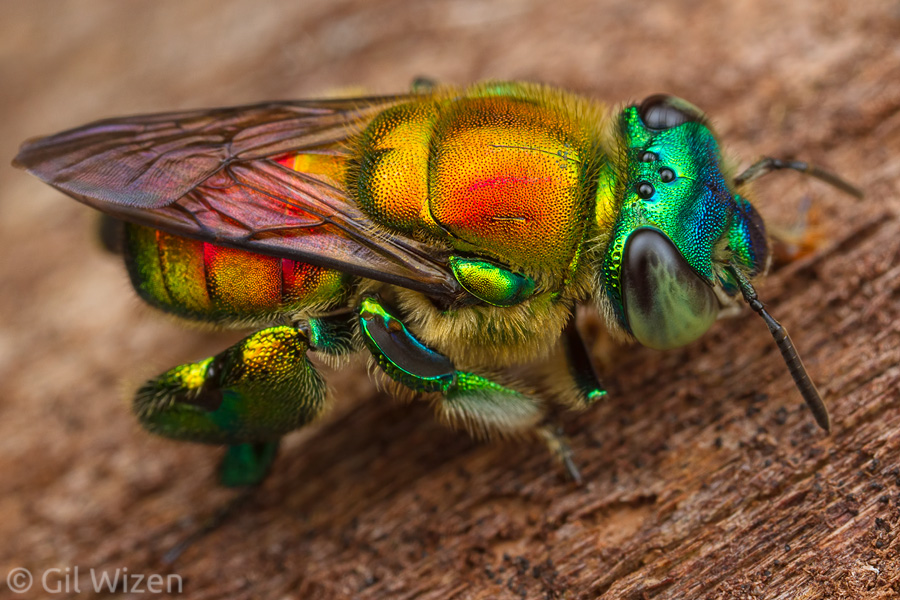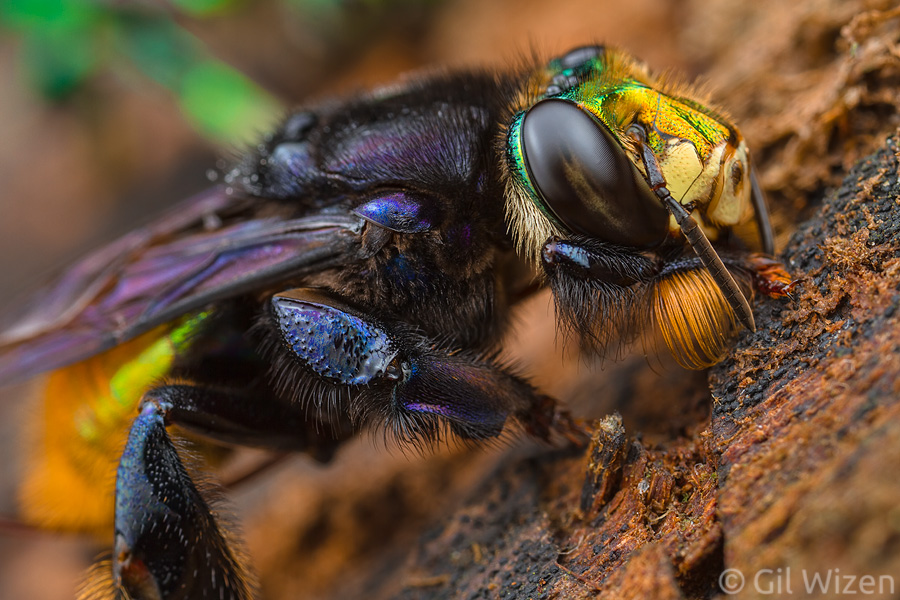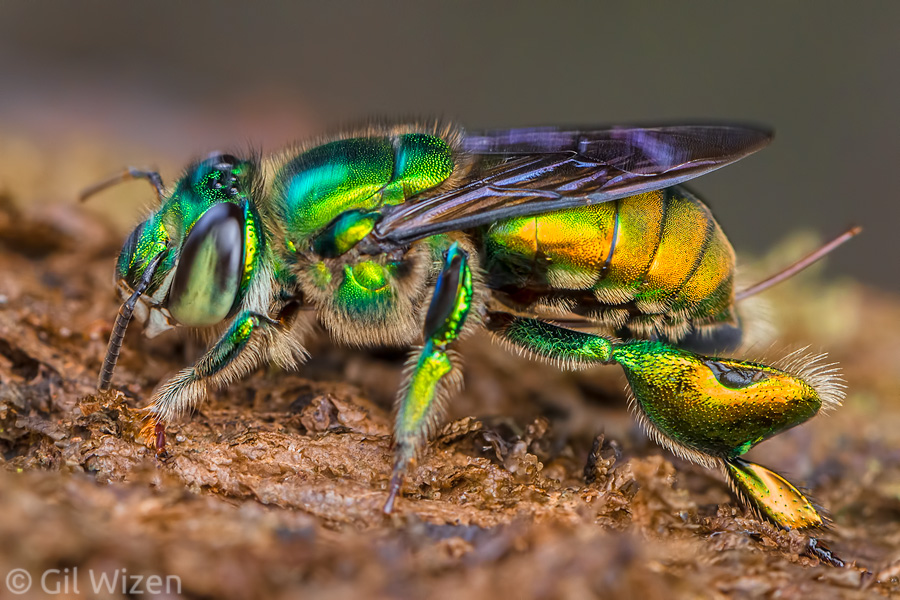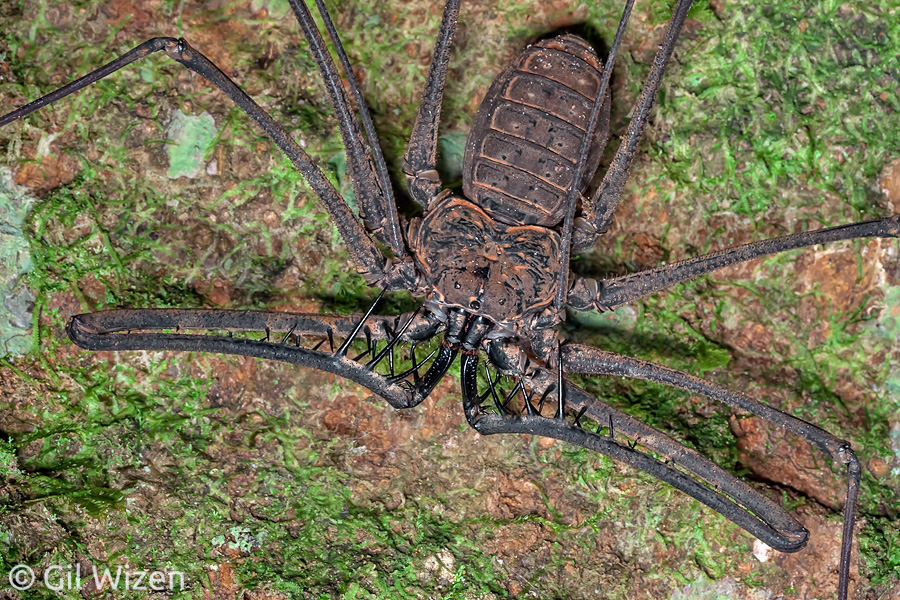Little Transformers: This dung beetle has had enough of this bullshit
One of the things I have been focused on in the past two years, which is partially responsible for the long silence on this blog, is sorting through the backlog of photos in my archive. This is possibly the biggest curse of digital photography; you end up with hundreds of photos from each trip that eventually accumulate and often remain untouched for years. I made it a mission of mine to start going over this material in 2019, and unfortunately I misjudged how long the whole process was going to take. The good news is that most of the work is behind me. What I loved about this task was discovering many forgotten photos, as well as some hidden gems. One such treasure is photographs of a small dung beetle I encountered one night in Belize in 2014. On the surface it doesn’t look very special but its appearance was strange enough for me to decide I should photograph it. I thought its curved hind limbs were a malformation, but back then I did not know what I know today.
Oh, past Gil. You were so naïve and cute. But I’m happy you took those photos.
This seemingly innocent dung beetle is a member of Deltochilum, a large neotropical genus that contains over a hundred species. What is special about this beetle in particular, and the reason it is included in the Little Transformers post series, is that it’s technically not a dung beetle. Or to be more accurate, it does not feed on dung or animal feces.
Not anymore.
Because enough is enough.
And if you are reading this post in 2021, while the world is still dealing with a global pandemic, social issues, and the effects of climate change, this small beetle may very well represent our collective mood.

Life is hard when you have to do this all day. Dung beetle (Canthon quadriguttatus) rolling a ball of fresh dung in the Ecuadorian Amazon
Generally speaking, dung beetles are famous for feeding on animal feces, from which they obtain the nutrients they need. Some beetles feed directly on top or dig under the dung, while others compress the dung into a tight sphere to feed on later and roll it to their nesting spot away from other beetles. Despite the unappealing dietary habits, the competition for dung is fierce, and often several dung beetle species fight each other for a piece of the hot pie. You can probably imagine how such a competition can cause a selective pressure towards a dietary change in some dung beetles, together with suitable morphological adaptations. One example is dung beetles that shifted into feeding on rotting fruits, mushrooms, or even animal carcasses. Other beetles took it even further and moved to predation. The latter is not a simple shift and it is considered quite rare in the animal kingdom, as it requires some conditions to be met: the beetle must be able to consume and digest the prey, not to mention it must also be able to capture it.
In 2009, a study of the predatory habits of Deltochilum valgum was published. This species preys on millipedes in the rainforests of Peru. It was discovered in a survey by laying pitfall traps with different types of baits, some of which contained millipedes and attracted the Deltochilum valgum dung beetles. The millipedes were chosen as bait for the traps because beetles have been recorded feeding on dead millipedes or carrying live millipedes in the past.
But how does this species fulfill the conditions mentioned above? The choice of millipedes as prey may seem surprising. After all, many of them are poisonous or deploy chemical defenses, and usually predators avoid them. However, this is exactly what makes millipedes an unexploited resource for which there is much less competition compared to dung. In addition, millipedes are detritivores feeding on decomposing plants and mushrooms, and therefore have a large amount of organic material stored in their body that makes a great source of nutrients for the beetles. Accessible food source – check.
Next on the list is the actual hunting and killing of millipedes. This is made possible thanks to small structural changes that have occurred in the beetle’s head and hind tibiae. Instead of rolling dung balls, the hind legs have curved tibiae as an adaptation for catching and holding millipedes tightly against the beetle’s pygidium. This allows the beetle to drag the millipede to a spot where it can kill it. After taking over and dragging the prey, the beetle inserts its serrated head between the millipede’s front segments, decapitating its head. This action paralyzes the millipede completely so the beetle can start consuming its juicy insides, leaving behind only disintegrated parts of the prey’s exoskeleton at the end of the process. So far there is only one video record of Deltochilum valgum hunting a live millipede. I wish there were more but nevertheless, hunting strategy – check.

Dung beetle (Deltochilum acropyge), dorsal view. The curved hind tibiae are an adaptation for grasping millipedes.
Much has changed since that publication. It is now clear that not one, but several Deltochilum species prey on millipedes, and they are grouped together taxonomically. Most of the species in the group share the curved hind leg adaptation for manipulating the live millipede prey. Similarly to Deltochilum valgum, they were sampled by pitfall traps with millipede bait as well. If I worked my way through the key correctly, the beetle I photographed in Belize should be Deltochilum acropyge in the valgum group within subgenus Aganhyboma, which is recorded from several countries in Central America. It is important to note that we do not know much about the life cycle of these beetles. As of writing this post it remains unclear what the beetle larvae feed on, but I would not be surprised if they require millipede prey for the completion of their development, whether on its own or mixed with dung.
Deltochilum is not the only genus of dung beetle that has evolved to use millipedes as a food source. Sceliages dung beetles from Africa are attracted to freshly dead millipedes and their larvae feed on balls of crushed millipedes, collected and prepared by the mother. And in South America Canthon dung beetles have been observed to feed on injured live and dead millipedes, leafcutter ant queens (watch a video of this behavior here, narrated in Portuguese), as well as other live dung beetles (as can be seen in this amazing Facebook video by João Burini, or on his Instagram post).
I should also mention that only a handful of Deltochilum dung beetles are predators, and looks can be deceiving. As an interesting anecdote, here is one species that according to our current knowledge is not a predator.
Deltochilum carinatum, in my opinion, is one of the most striking species in the genus. There is something about this beetle that reminds me of TMNT’s Shredder. The sharp angles, clear cuts, and overall structure. As if this body shape was made to either cut through or lock onto something.

Dung beetle (Deltochilum carinatum). One of the most peculiar-looking dung beetles in the Ecuadorian Amazon
But, as evidence suggests, this is just an ordinary dung beetle that feeds normally on dung. Maybe this will change one day, when we discover more about its life cycle and interactions with other species. For now we should enjoy it for what it is – a cool looking dung beetle. Not as badass as its murderous cousins though.
UPDATE (23 Jul, 2021): Some new photos of Deltochilum dung beetles hunting millipedes have been shared on twitter, I recommend checking them out:
I was fortunate to witness this in the field. pic.twitter.com/QIHVCPtk4T
— Mountain meanderings (@Mountain_steps) July 23, 2021



